Nizhnekamskneftekhim: path of trials
How having overcome the most stubborn crises, NKNKH again became the leader of the petrochemical industry of Russia
Today, when the brand of Nizhnekamskneftekhim is known worldwide, it is difficult to imagine that at the end of the 90s, after privatization, the largest enterprise was prepared an unenviable task of subdivision into eight independent factories with their subsequent sale. The stalemate in the country and the sector could convert the petrochemical giant into small separate factories of doubtful competitiveness. The next issue of TAIF-25 special project dedicated to the anniversary of the multisectoral holding tells how the large enterprise managed to preserve its integrity and transfer from barter agreements to cash payment, dissipate the social tension because of non-payment of the salary and the role of TAIF in preservation and development of NKNKH.
Train of negative factors
It took some time before Nizhnekamskneftekhim approached the edge of the precipice. In 1991, NKNKH, as well as many other enterprises, got caught up in a situation when the countries that had been existing with the command economy for 70 years stopped existing. Undoubtedly, the excess centralization of the administration not always reflected the actual state of affairs throughout the country. There was a chronic deficit of one type of goods and services and surplus of the other ones. However, such a sharp departure from the planned economy led to the rupture of the economic relations. All the industry, which existed according to the state plans and knew its outlets and raw material sources in advance, faced a new reality. The economic integration crashed. During this period, it was impossible to find an enterprise without problems. NKNKH was not an exception.
But the petrochemists of Nizhnekamsk felt the 'respiration' of the collapse before the dissolution of the Soviet Union. The train of negative factors began from a fatal concatenation of events. In summer 1989 in Ufa, there was a big explosion of light hydrocarbon cloud when two trains passed each other near a leak in Sibir-Ural-Povolzhie pipeline, which provided NKNKH with raw material. As a result, 645 people lost their lives. It should be specified that, historically, a broad fraction of light hydrocarbons (NGL) from Western Siberia was the raw material for the industrial sites of Nizhnekamsk besides its own straight-run gasoline. Initially, before the advent of Sibir-Ural-Povolzhie pipeline in 1985, NGL was delivered by rail. After the disaster, the petrochemists' plans on a long-term delivery of the raw material of stable quality with the subsequent increase of the volume of deliveries 'died'. And the mechanism of raw material supply of the enterprise returned to the level of the first half of the 1980s with all negative consequences.
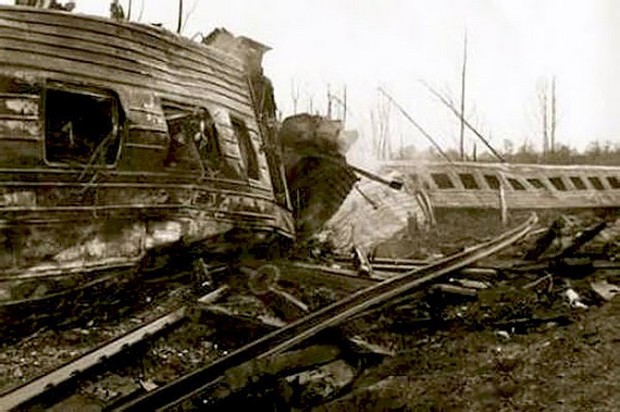
Under wing of Tatarstan
Then Nizhnekamskneftekhim carried the burden of privatization when there was no legislative framework of the market economy. Stagnations and debts of the enterprise made it think about the necessity of corporatization. It turned out that 220 million rubles (equal to 60 kopeks in 1960) went to the Ministry of Petrochemistry and Industry of the USSR and state budget, 5 million – to road building in Tatarstan and 2 million – to the municipal executive committee of Nizhnekamsk. The enterprise had some money depending on the volume of its capital construction. And the petrochemical enterprise owned only 27% of $40m of exported goods, 3% belonged to the Ministry and 70% were channeled to the state budget.
In 1993, the enterprise managed to defend its plan of privatization and register Nizhnekamskneftekhim PJSC. The specialists of NKNKH worked well during the preparation of the enterprise with thousands of workers for the privatization – the required legislative framework, which appeared later, did not contradict the actions of the petrochemists. What is more, the terms of privatization were thought out with the maximal benefit for the workers of the enterprise.
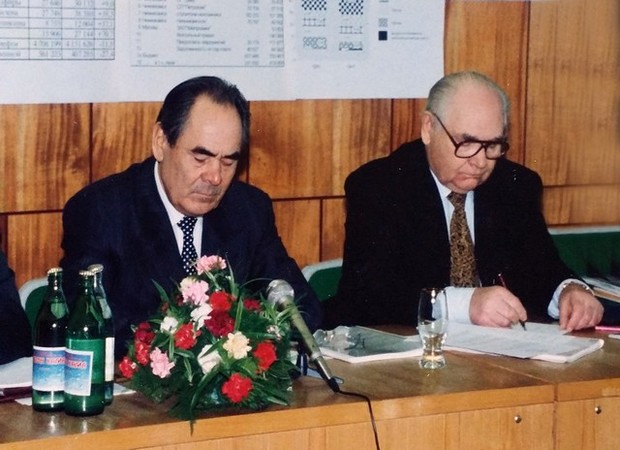
Rapid fall
For 48 years of work, Nizhnekamskneftekhim became a has-been: ceremonial meetings on the creation of new factories and the stubborn crisis. In the 90s, the largest petrochemical complex of the country had scarce funds due to the fall in the economic indicators, and even the workers were not got paid in time. After a sudden reduction of the volumes of production, the sluggish economic activity of NKNKH was fading away – only 20% of the total volume of goods were exported.
The enterprise had to sell its goods at unreasonably low price or in barter terms. And the petrochemical giant was surrounded by growing firms-'clingies' that worked using the principle 'what is not forbidden, is allowed'. These firms had advantages: they consisted of 2-3 people and worked quickly, while in the large enterprises the making decisions was based on the rests of the planned economy whose mechanisms did not function any more. So, the emergent class of entrepreneurs decided to 'help' the petrochemical enterprise to sell its goods and buy raw material. Needless to say, raw material was sold NKNKH for a more expensive price and the commodities were realized a bit cheaper. As a result, the enterprise lost twice. Due to the reduced prices and increase of the prime cost, the economic indicators of NKNKH steeply dropped. Meanwhile, the intermediaries' bill, who facilitated the 'prosperity' of the giant, was augmenting. In the mid-1990s, these companies numbered over 100.
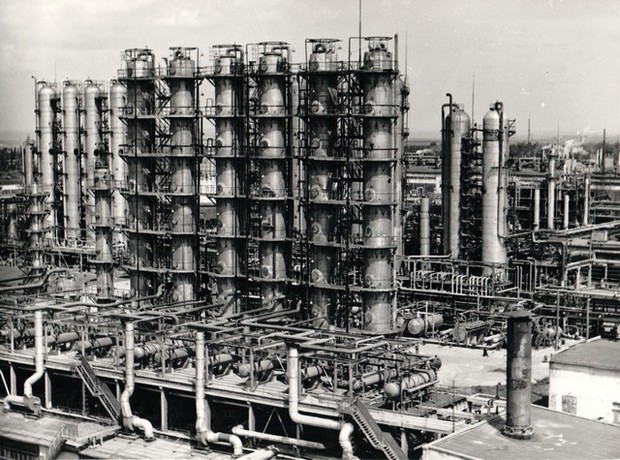
The successful enterprise in the past was 'flatlining': Neftekhim did not channel money to the neither republican nor federal budgets. In 1996, the losses of one of the best enterprises of the USSR at one time reached $50m, when one dollar cost 4,600 rubles.
To reanimate the petrochemical giant
Nizhnekamskneftekhim was not able to pay for raw material. Consequently, the volume of production reduced. For instance, if earlier it produced over 450,000 tonnes of synthetic rubber, in 1994, it manufactured 128,000 tonnes. The volume of production of another main product – ethylene – reduced to 225,000 tonnes, while its estimated capacity was over 450,000 tonnes. The enterprise lost its positions and practically was on the edge of bankruptcy. In 1996, it was planned to sell the enterprise. There were concrete intentions to subdivide Nizhnekamskneftekhim into eight legal companies with their further possible sale. Mintimer Shaimiev, the first President of Tatarstan, interfered in the situation: he set the task to reanimate the petrochemical enterprise and hold some organizational events. TAIF was engaged in this process as well.
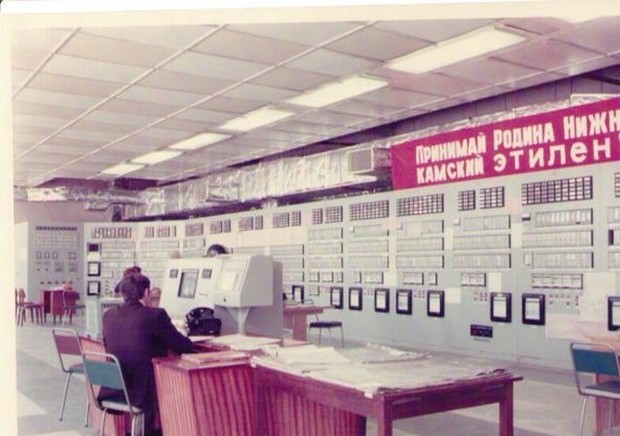
A huge job was carried out on stabilization of liquid raw material – naphtha, which earlier was delivered from different sources: from producers of Tatarstan, Volga Region (Povolzhie), Bashkiria, Ural and Siberia. The composition and quality of the raw material was different, delivery was not stable and steady which brought to many problems in the enterprise. The ELOU-AVT petroleum-refining unit was one of the main sources of pyrolysis raw material but it practically did not work. Only 2,5m tonnes of petroleum were refined under the tolling scheme through intermediaries, while its capacity was 7,5m tonnes. And even a part of this small quantity of straight-run gasoline, which was very necessary for NKNKH, was sold under the counter. TAIF leased the ELOU-AVT and started to reconstruct it. In addition, there was a scheme: TAIF bought petroleum from Tatneft, refined it using the leased equipment and delivered straight-run gasoline to Nizhnekamskneftekhim at preferential price, and the income with credits was invested in the reconstruction of NKNKH.
The management of the enterprise started to organize, and the first positive results appeared that finally led to the rise in the end product. Using the old school methods, the former administration of NKNKH delivered goods to the same enterprises-partners, who were not able to pay for it in the new conditions due to their own financial difficulties. As a consequence, NKNKH had huge accounts receivable. There was a natural deficit of money. It all happened against of a background of the default in 1998, when the ruble dropped, a big number of small enterprises fell into ruin, the banking system was in a collapse, people's savings depreciated in hard currency, and the quality of life fell.
The social tension was augmenting in Nizhnekamskneftekhim. The enterprise gave 'cheques' for clothes, food, that is to say, practically for everything on the grounds that it could not pay salaries. NKNKH had its own currency. Khimmark company was specially created that organized barter schemes in order to provide the workers with food and fast moving consumer goods.
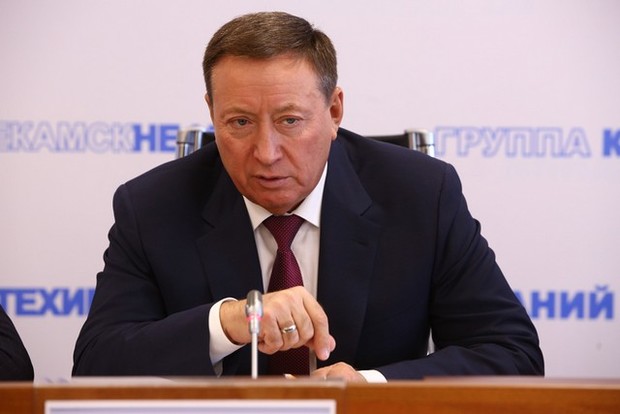
Keeping abreast of the recovery of NKNKH, Mintimer Shaimiev, started the strengthening the staff. Nikolay Lemaev, the advisor of the President and former director general of the petrochemical enterprise, who had been heading NKNKH for 30 years and knew all the situation as no one else, was invited to chair the board of directors. And Vladimir Busygin, a strong manager who had earned an immaculate authority in the previous enterprises, was designated as the director general of NKNKH.
Result of anti-crisis measures
At the very end of the 90s, the team of TAIF and NKNKH elaborated the following anti-crisis programme. There was created a plan of the restructuration with a month-by-month schedule of amortization of the huge debts to energy companies, federal and republican budgets. The accounts payable and accounts receivable exceeded the annual revenue of NKNKH. And if NKNKH was able to pay off its debts, it was problematic to recover them from the debtors at that time. Difficult negotiations with the participation of Mintimer Shaimiev, Rustam Minnikhanov, who was the PM, Albert Shigabutdinov, the director general of TAIF PJSC, and Vladimir Busygin began. Such a large-scale restructuration of the debts with the concrete schedule of amortization was held in Tatarstan for the first time, which was realized by the administration of NKNKH together with TAIF PJSC.
However, any measures are useless if the giant doesn't work at full capacity. There was a chronic lack of raw material, a part of the units was simply frozen. This is why the enterprise began to improve its relations with the leading raw material suppliers for petrochemistry – Tatneft, Lukoil, Sibneft and Gazprom. The main problem of NKNKN concerning the provision of the liquid raw material of pyrolysis – naphtha – was finally solved. It is the main raw material source of NKNKH that even today is provided by TAIF-NK PJSC.
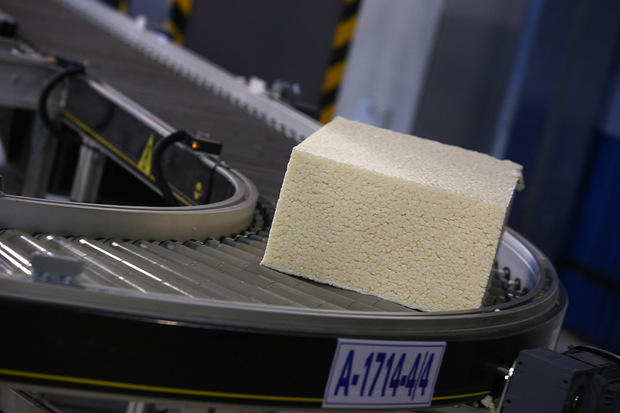
For a short time, NKNKH could get rid of barter schemes. As soon as the surplus stock was realized, accounts receivable were minimized, the account of the enterprise had a working capital which was necessary for its normal activity. A part of them was channeled to salaries – the social tension in the collective dissipated, another part was used to buy raw material and substitute the knackered equipment.
The anti-crisis measures and plans of the restructuration began to yield positive results. The better situation in the world and Russian markets helped as well. For the group of companies, 1999 ended with goods realized for 14,2bn rubles (IFRS) that is 1,5 times higher compared to the previous year. In a year, the revenue made 23,4bn rubles, net profit was almost 4,8bn rubles (IFRS) and in 2001 the volume of exported goods of NKNKH accounted for 61% of the total volume of the production. Looking for new outlets, the managers of NKNKH traveled all over Europe, Southeast Asia and North America. It was a forced step to achieve a sharp increase of export.
In 2003, due to guarantees of TAIF PJSC and external incomes, production of high impact polystyrene and general purpose polystyrene was put into operation. And styrene (monomer, the raw material for polystyrene), which NKNKH had sold as the end product, was processed in its site. So the petrochemists of Nizhnekamsk mastered the production of plastic that marked the transfer from monomer production to the manufacture of polymer products.
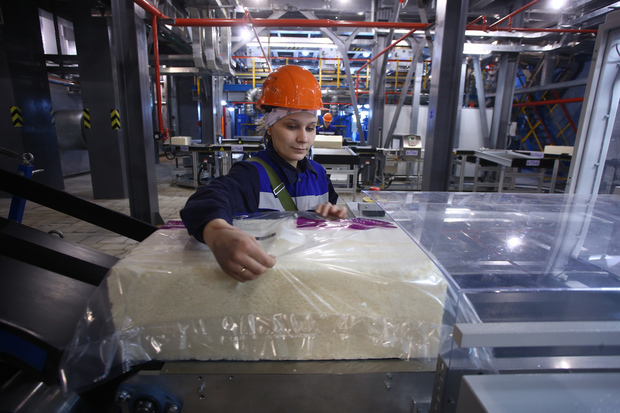
It was done within the scope of the accurately defined modernization strategy of the enterprise: transfer from monomers to polymers, which allowed to increase the added value and make an additional profit. For example, if during that period monomers (ethylene, propylene, styrene, etc.) was sold for $500-600 for a ton when one dollar cost 27 rubles, plastics (polyethylene, polypropylene and polystyrene) cost at least $1,000. In addition, the demand for polymers, which are used in different sectors of the industry, is always growing – the benefit is obvious.
All in all having reached the export level of 61% in 2000, NKNKH reduced the share of export in the total volume of production to 57% in two years in order to not to develop export to the detriment of the domestic consumption for the economic safety of the enterprise. The external market is shaky and inclined to declines, price fluctuations. And if the niche in the Russian market was occupied, the enterprise would divest itself of the room for manoeuvre.

Overall, having passed a stubborn path of trials, Nizhnekamskneftekhim recovered the status of the leader of the petrochemical production, which is a result of a hard work since 1967, when the firstborn of the petrochemical enterprise of Nizhnekamsk – central gas fractionation unit – was put in operation and gave first products. The second part of the piece will tell you what new factories became crucial in the enterprise from the noughties and its further formation in market conditions.